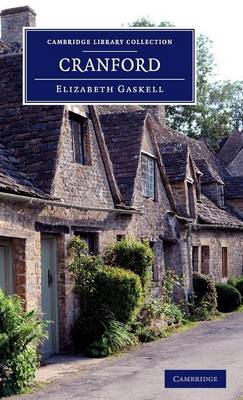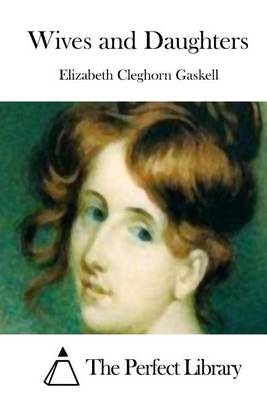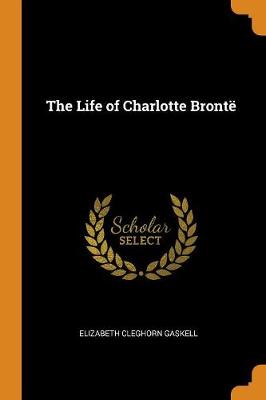Immortal Classics
4 total works
In the delicately impoverished town of Cranford, everyone is keen to know everyone else's business. The community is almost devoid of men, and in their place a solid matriarchy has formed. Manners must be observed, house calls must not exceed a quarter of an hour, and neither money matters...Read more
In the delicately impoverished town of Cranford, everyone is keen to know everyone else's business. The community is almost devoid of men, and in their place a solid matriarchy has formed. Manners must be observed, house calls must not exceed a quarter of an hour, and neither money matters nor death may be discussed in public. But the peace is often disturbed. Rumoured burglars, literary disagreements, and the arrival of Captain Brown and his tactless daughters all cause ripples, warmly charted by the conversational narrator, Mary Smith. When the past erupts through the fragile class distinctions and disputed tea sales, the customary perspective of the town shifts in small but perceptible ways forever. First published as a magazine serial from 1851 and then in novel form in 1853, Cranford is the best-known work by Elizabeth Gaskell (1810–65). This reissue is of the 1853 second edition.
This is Elizabeth Gaskell's first novel, a widely acclaimed work based on the actual murder, in 1831, of a progressive mill owner. It follows Mary Barton, daughter of a man implicated in the murder, through her adolescence, when she suffers the advances of the mill owner, and later through...Read more
This is Elizabeth Gaskell's first novel, a widely acclaimed work based on the actual murder, in 1831, of a progressive mill owner. It follows Mary Barton, daughter of a man implicated in the murder, through her adolescence, when she suffers the advances of the mill owner, and later through love and marriage. Set in Manchester, between 1837-42, it paints a powerful and moving picture of working-class life in Victorian England.
Set in English society before the 1832 Reform Bill, "Wives and Daughters" centres on the story of youthful Molly Gibson, brought up from childhood by her father. When he remarries a new stepsister, Cynthia, enters Molly's quiet life. Loveable but worldly and troubling, Cynthia's arrival alters Molly's daily life....Read more
Set in English society before the 1832 Reform Bill, "Wives and Daughters" centres on the story of youthful Molly Gibson, brought up from childhood by her father. When he remarries a new stepsister, Cynthia, enters Molly's quiet life. Loveable but worldly and troubling, Cynthia's arrival alters Molly's daily life. The narrative traces the development of the two girls into womanhood within the gossiping and watchful society of Hollingford. "Wives and Daughters" is far more than a nostalgic evocation of village life; it offers an ironic critique of mid-Victorian society.
Elizabeth Gaskell's The Life of Charlotte Bronte (1857) is a pioneering biography of one great Victorian woman novelist by another. Gaskell was a friend of Charlotte Bronte, and, having been invited to write the official life, determined both to tell the truth and to honour her friend. She contacted...Read more
Elizabeth Gaskell's The Life of Charlotte Bronte (1857) is a pioneering biography of one great Victorian woman novelist by another. Gaskell was a friend of Charlotte Bronte, and, having been invited to write the official life, determined both to tell the truth and to honour her friend. She contacted those who had known Charlotte and travelled extensively in England and Belgium to gather material. She wrote from a vivid accumulation of letters, interviews, and observation, establishing the details of Charlotte's life and recreating her background. Through an often difficult and demanding process, Gaskell created a vital sense of a life hidden from the world. This edition, based on the revised Third Edition of 1857, collated with the manuscript and the First Edition, and taking account of the Second Edition, offers fuller information about the process of writing and fuller elucidation of the text than any previous edition. For the first time, all the French passages are translated, and detailed annotation covers biographical and historical material, references, and allusions.



